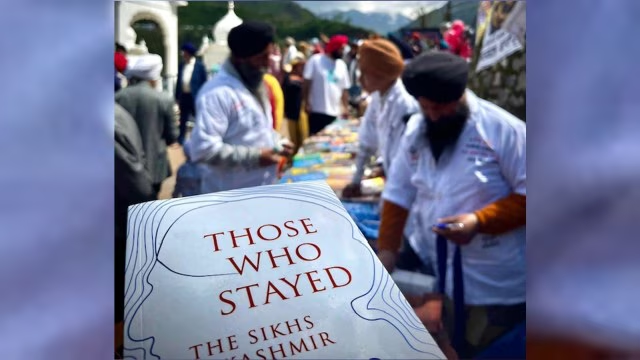27 august 2024 : Nithin Kamath, co-founder of Zerodha, has issued a warning regarding the proliferation of fraudulent applications that imitate the interfaces of reputable brokerage firms, luring users with the illusion of effortless financial gain. In a recent post on the social media platform X, he emphasized that these deceptive applications can even mislead individuals who are typically considered “smart” and “sensible.”
In a video addressing these scams, Kamath remarked, “The prevalence of fake trading app scams has surged, becoming a significant nuisance. These scams entice individuals to engage in trading, creating the false impression that generating income is simple. Initially, users are added to WhatsApp groups and subsequently prompted to download counterfeit trading applications that closely resemble those of established brokers.”
He elaborated on their tactics, explaining that these applications allow users to earn money during the first few trades to instill a belief in the potential for substantial profits. However, when users are encouraged to deposit funds for further trading, they encounter obstacles when attempting to withdraw their supposed earnings, as the operators demand an upfront payment before disappearing.
Kamath cautioned, “It is crucial to remember that if something appears too good to be true, it likely is. Maintaining a skeptical attitude towards claims of easy money is essential.”
In response to his post, a user remarked, “These scams are becoming increasingly sophisticated. Even the most astute individuals can be deceived when driven by greed and urgency. It is vital to verify information before making investments, particularly with offers that seem ‘too good to be true.’ Education and vigilance are paramount.”
The question of whether to stay or leave has long troubled Bupinder Singh Bali, a 34-year-old school teacher from the enchanting valley of Kashmir. However, a phone call on October 7, 2021, intensified this internal conflict.
In a chilling series of targeted attacks, Bali’s colleague, Supinder Kour, a school principal, along with another educator, Deepak Chand, a Hindu resident of the valley, were murdered by terrorists. Kour’s only transgression was her identity as a Sikh, a Kashmiri Sikh.
“The Sikh population in Kashmir is dwindling again. I was shaken when a Sikh school principal was shot dead in October 2021. That one phone call that brought this news to me left me with several questions. But somehow, Kashmiri Sikhs have always been missing from the overall narrative of the valley, which has a long history of turbulence and conflict. It was important to record and document their story,” says Bali.
The historical connection of Sikhs with the valley is long-standing, and despite massacres that killed thousands from the community, many chose to stay back.
“During the 1947 Kabali raids, at least 20,000-30,000 Sikhs were killed. Later, at least 35 Sikhs were killed at Chittisinghpora, five in Mehjoor Nagar, and three Sikh girls were also killed at Push Kriri. The history of Sikhs in Kashmir goes back more than 500 years. Sikhs living here were born and brought up in Kashmir. They are not outsiders who migrated from elsewhere; Kashmir belongs to them as much as it does to other diverse communities. They had to rebuild their lives after every massacre that would uproot them, but they chose not to leave,” says Bali, who was born in Kashmir but whose family was twice forced to move due to terrorism, only to return.
“When my father’s brother was gunned down in 1991, we had to leave our home. We returned but had to leave again in 2001,” he says.
“It was only after Sikhs fought the Kabalis in 1947 that the Indian Army was able to enter the territory. The sacrifice of Sikhs to protect their motherland can’t be omitted from history,” he adds.
Returning to Srinagar in 2010 after getting a job as a school teacher, Bali says that analysis of recent data indicates that the Sikh population in the valley is dwindling again. “In 2023, at least 311 Sikh students from Kashmir appeared in the Class 12 state board exams. The number has dropped to 246 this year. Though we are not in any direct confrontation with Muslims in Kashmir, there are day-to-day challenges that hinder the progress of Sikhs here. The recent killings have triggered the silent migration again,” says Bali.
“Over 20 people from the minority communities have been killed in recent times. Sikhs, who comprise less than 1 per cent of the total population of Kashmir, are the main minorities living in the valley. According to the official portal of the Government of Jammu and Kashmir, the Sikh population is just 0.88 per cent. Like Kashmiri Pandits who were ousted from their homes and had to face an exodus from their own country, Kashmiri Sikhs too have suffered a lot. Our narrative has been lost, and through this book, I wanted to reclaim a part of it. We want policymakers to know that we too exist in Kashmir and need rehabilitation in our own home. Now, even home and the workplace don’t feel safe,” says Bali.

